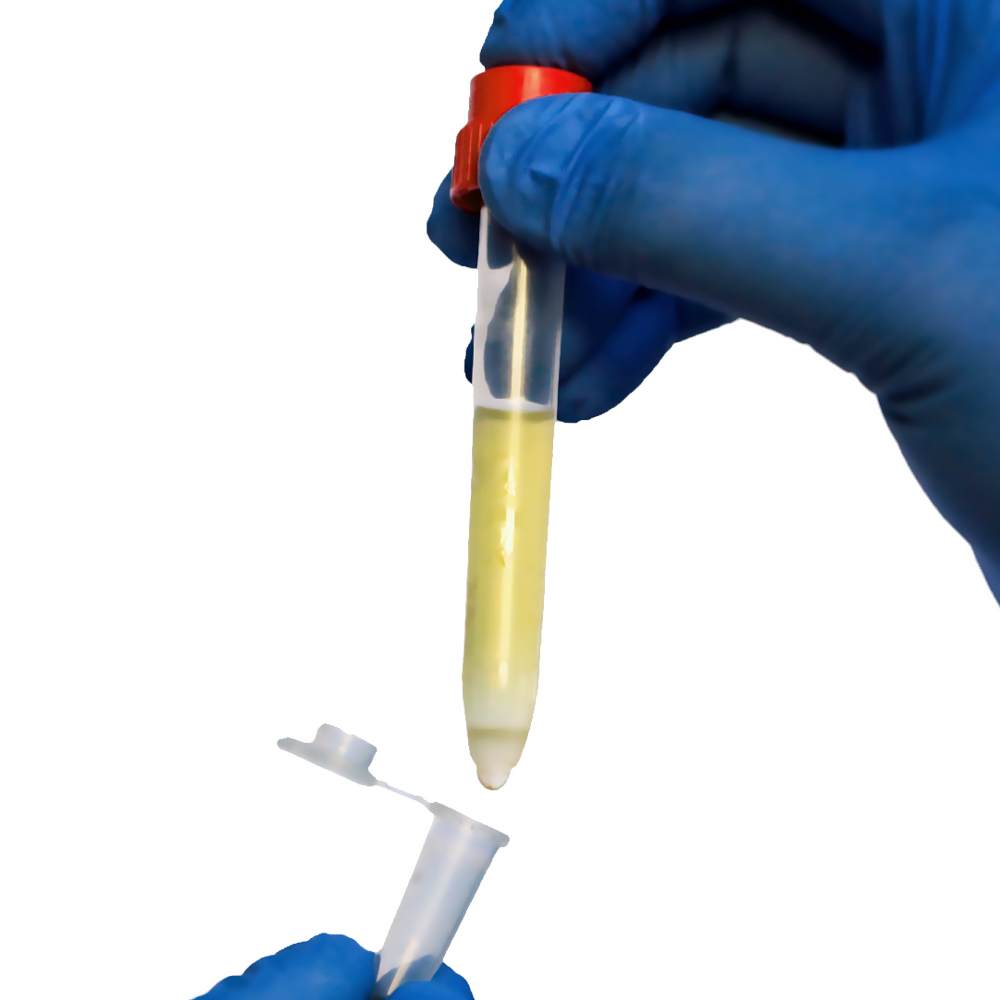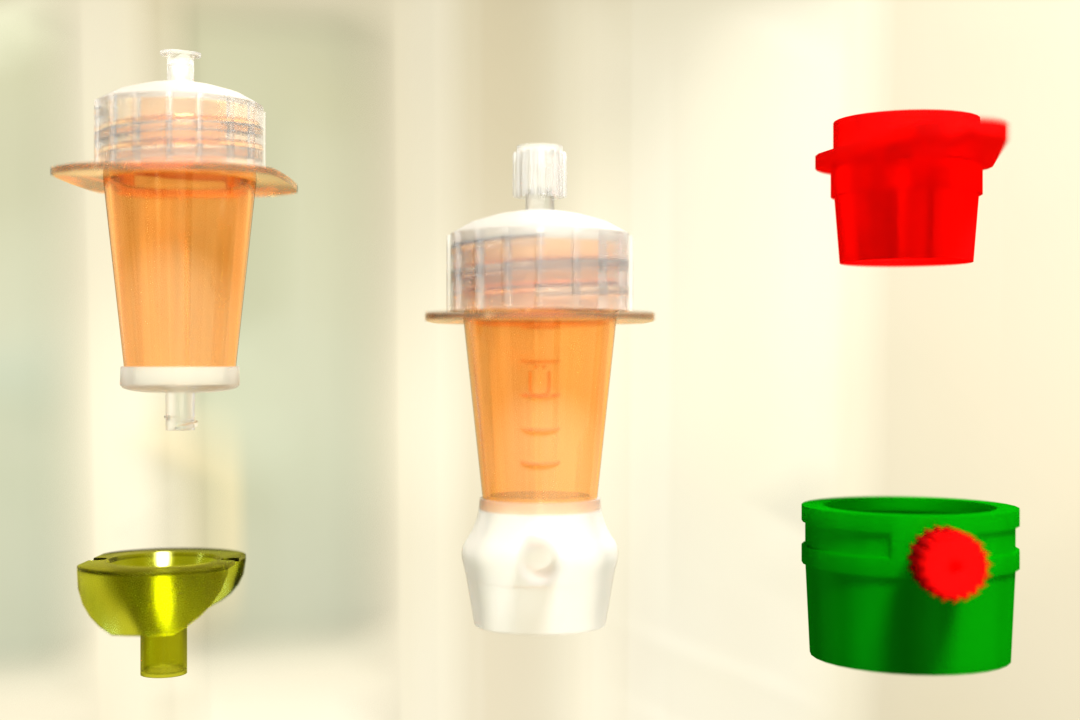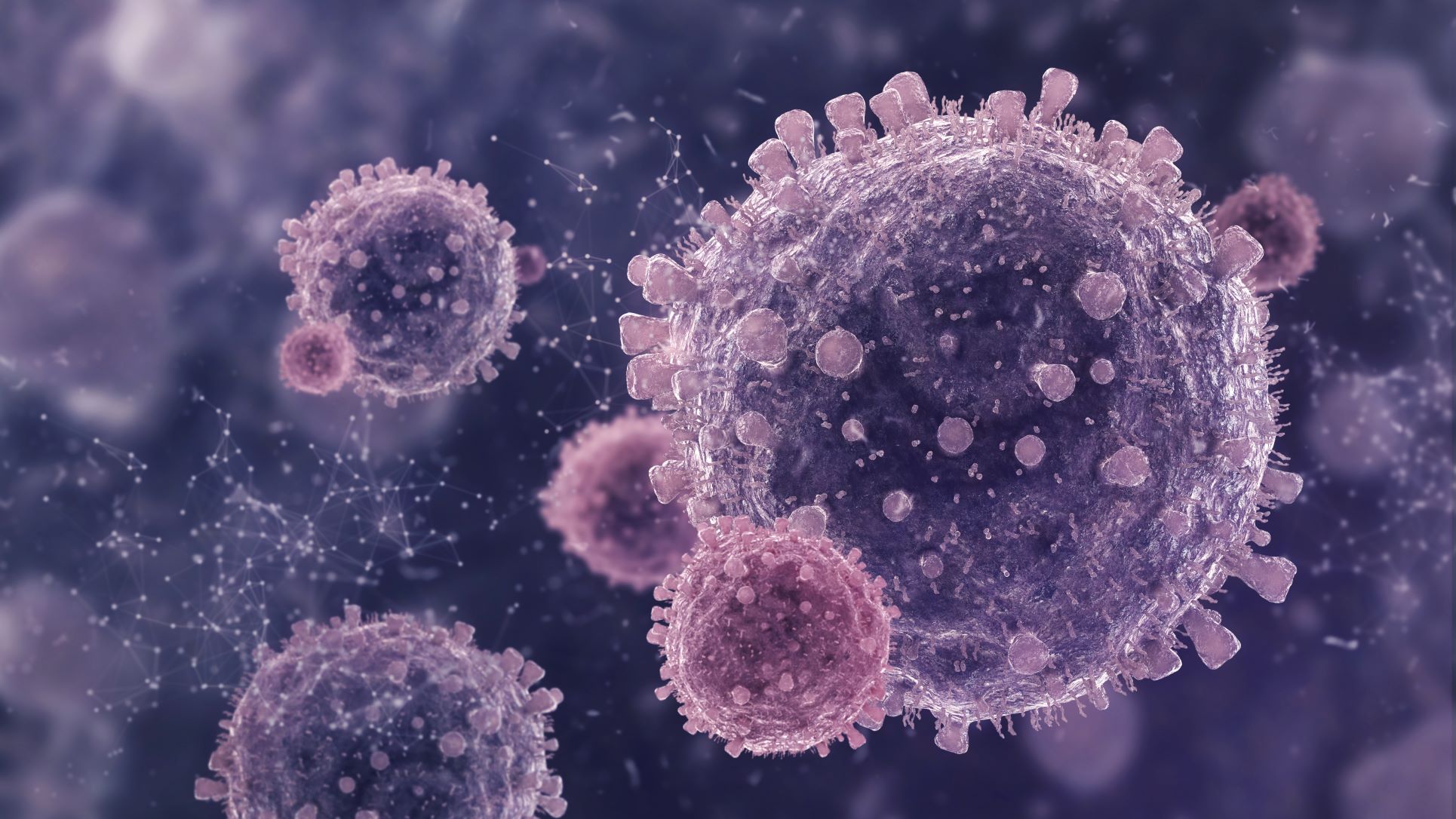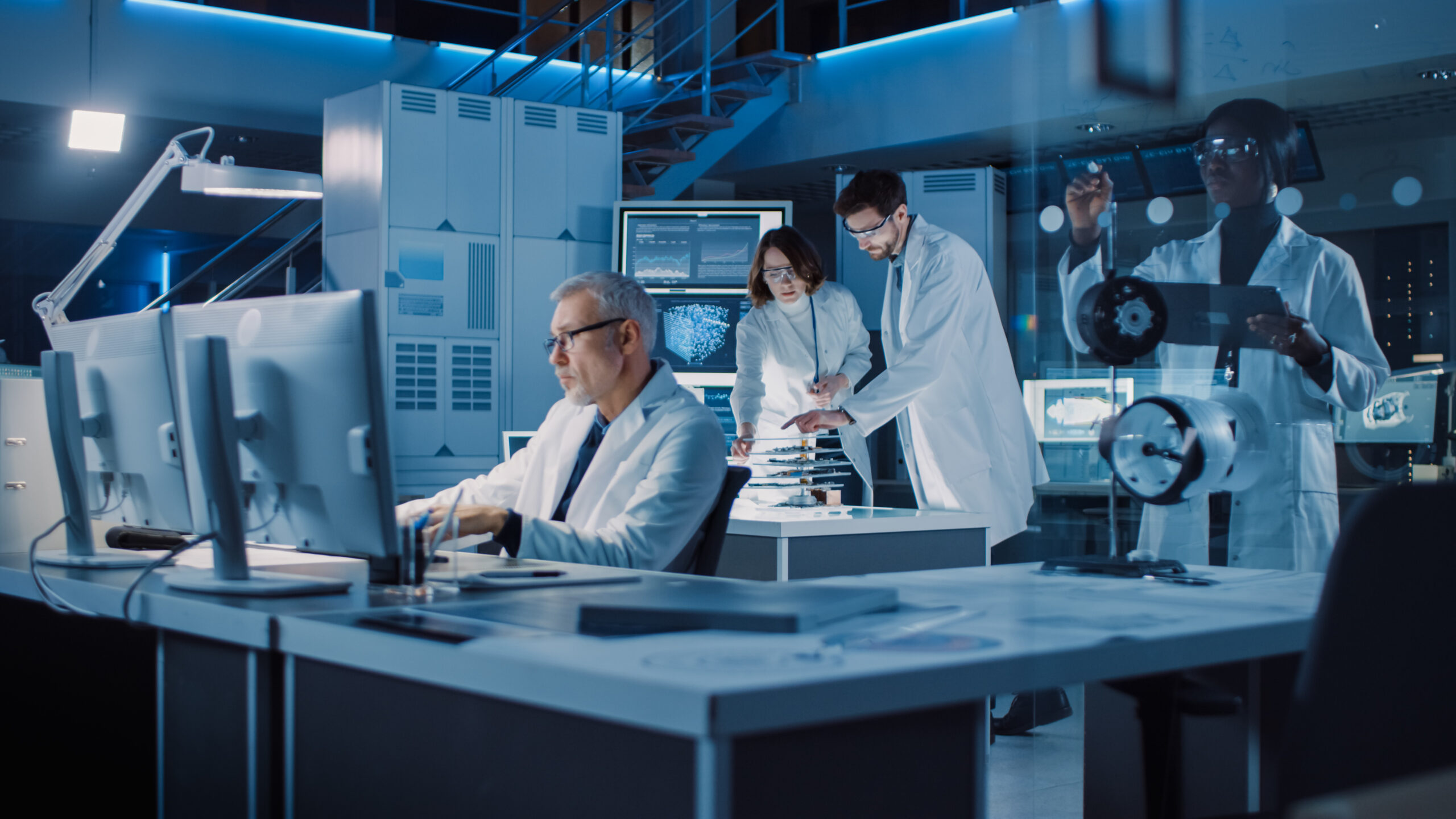Cell separation techniques have been developed to isolate specific cell populations from a heterogeneous mixture. One of the most popular methods used for cell separation is density gradient centrifugation principle. It is a technique used to separate cells based on their density differences. When a cell suspension is subjected to centrifugation, the cells move toward the bottom of the tube based on their density.
The centrifugal force pulls the denser cells toward the bottom of the tube, while the less dense cells remain at the top. The process involves creating a gradient of a high-density solution, which is layered on top of the sample. As the sample is centrifuged, the cells move through the gradient, and separation is achieved based on their density.
Types of Density Gradient Centrifugation
There are two main types of density gradient centrifugation, differential and isopycnic.
- Differential Centrifugation: This method is based on the differences in size and density of the cells. The sample is spun at different speeds, and the cells of different densities are collected at different points.
- Isopycnic Centrifugation: This method separates cells based on their density alone. A gradient of a high-density solution is created in the tube, and the sample is spun until the cells reach their isopycnic point. At this point, the density of the cell matches that of the surrounding medium, and the cell stops moving.
Application of Density Gradient Centrifugation
Antibody Cell Separation: One of the most significant applications of density gradient centrifugation is antibody cell separation. In this method, antibodies are used to label specific cell populations in the sample. These labeled cells are then separated from the rest of the sample using density gradient centrifugation.
Example: Isolation of lymphocytes from blood using density gradient centrifugation and anti-CD3 antibodies.
Other Applications: Density gradient centrifugation is also used for the separation of subcellular components, such as organelles and proteins, and for the isolation of viruses and bacteria.
Advantages of Density Gradient Centrifugation Principle
- High Purity: Density gradient centrifugation is a highly effective method of cell separation and can achieve high purity of the separated cells.
- Gentle: Compared to other cell separation techniques, such as flow cytometry or magnetic cell separation, density gradient centrifugation is gentle and does not affect the viability or functionality of the cells.
- Scalable: Density gradient centrifugation can be easily scaled up or down, depending on the amount of starting material, making it ideal for both small and large sample sizes.
Density Gradient Media
We provide ready-to-use density gradient media for the isolation of specific blood cell populations using single-step density gradient centrifugation. PBMC-Spin, with a density of 1,077 g/ml at room temperature, is employed to extract PBMCs (peripheral blood mononuclear cells containing lymphocytes and monocytes) from fresh sample material within 12 hours.
Leuko Spin is made to enrich all leukocytes from recently collected samples. If you must work with blood older than 12 or even 24 hours, we recommend using our PBMC24+ Spin, which is optimized for these conditions to reduce granulocyte contamination. For the separation of monocytes and platelets from human blood, see our Monocyte Spin and PLT Spin.
Separation Tubes
Our separation tubes were created to facilitate the efficient separation of leukocytes and peripheral blood mononuclear cells (PBMC) from whole blood and bone marrow. PluriMate and TwinSpin eliminate the need for time-consuming and labor-intensive sample material overlaying. During centrifugation, leukocytes, lymphocytes, and PBMCs are separated from unwanted erythrocytes and granulocytes based on the density gradient media, resulting in effective cell separation.
What is PluriMate?
The purpose of PluriMate is to extract leukocytes and platelets from whole blood and bone marrow through density gradient centrifugation. PluriMate is a centrifuge tube with a unique feature – a porous sponge located at the bottom of the tube. The sponge is made of high-quality polyurethane and acts as a barrier that separates the sample from the separation medium. The advantage of using PluriMate is that it saves time and effort since there is no need to overlay the sample material. Instead, anticoagulated blood or bone marrow can be directly poured into the PluriMate tube from the blood sampling tube.
What is TwinSpin?
To obtain the best separation of peripheral blood mononuclear cells from whole blood and bone marrow, TwinSpin centrifugation tubes pre-filled with Density Gradient Medium (DGM) can be utilized. The TwinSpin tube consists of an inner tube and a regular 15 ml bottle, with the inner tube having an open bottom and being immersed in the DGM.
To use the TwinSpin tube, diluted bone marrow or anticoagulated blood is pipetted into it. Next, the sample is positioned on top of the DGM inside the inner tube. During centrifugation, leukocytes, lymphocytes, and PBMCs are separated from unwanted erythrocytes and granulocytes based on the DGM. This results in the enrichment of the target cells above the DGM in the interphase.
The erythrocytes will move out of the inner tube and settle at the bottom of the outer tube by passing through the density gradient media. Once the separation is complete, the inner tube should be taken out promptly. The elastic cap serves as a valve, which can be removed to convert the collection tube into a pipette. This will allow the contents to be collected one drop at a time.
Conclusion
In conclusion, density gradient centrifugation principle is a highly effective cell separation technique that has found broad application in various fields of biology and medicine. The technique allows for the isolation of specific cell populations based on their density differences and is highly specific when used in combination with antibodies. If you are interested in using density gradient centrifugation in your research, consider exploring the products and services offered by uberstrainer, a leading company in providing tools for cell separation by centrifugation.
Reference:
Science Direct
NCBI
 English
English French
French
 German
German
 Spanish
Spanish
 Belgium
Belgium
 Italian
Italian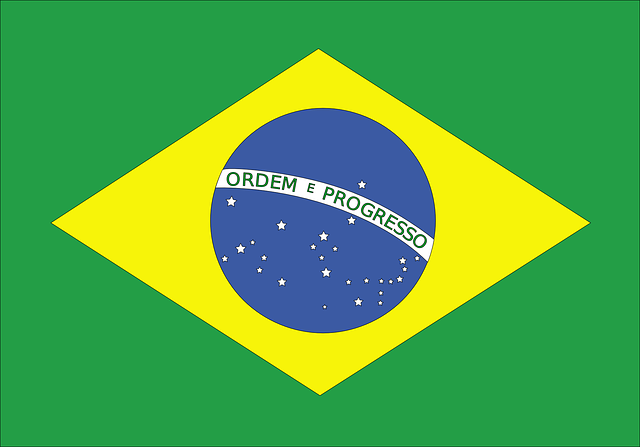 Brazil
Brazil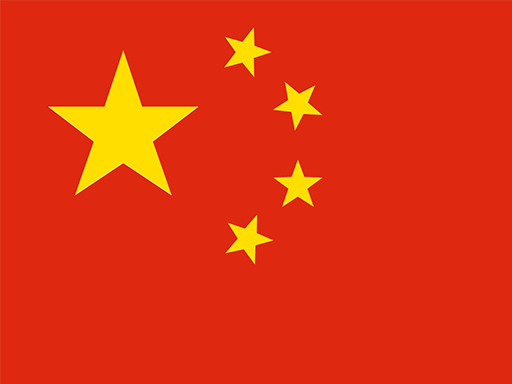 Chinese Mandarin
Chinese Mandarin
